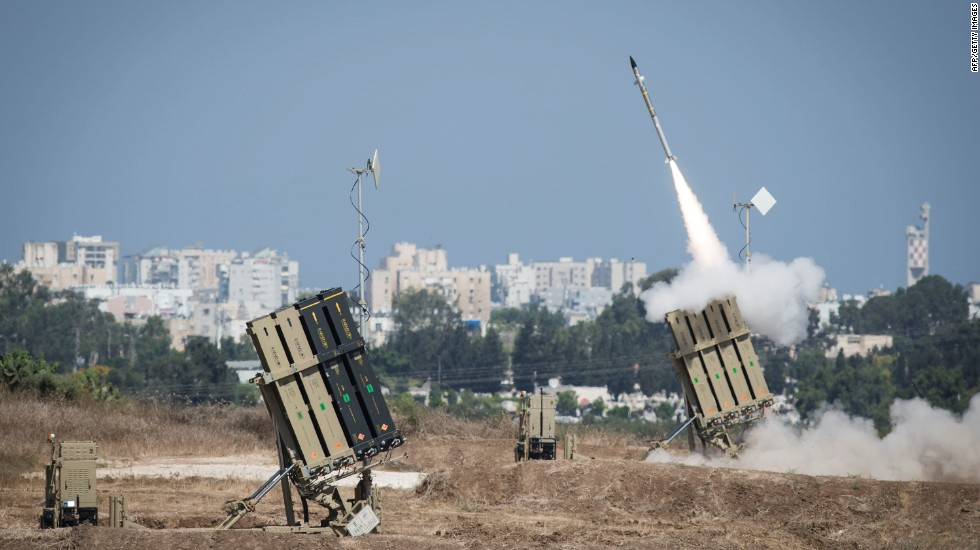

So far, Ukraine has conducted successful maneuver only where Russian defenses were weak. Weakening Russian defenses is especially key as Kyiv attempts to shift toward an emphasis on maneuver rather than artillery-centric attritional warfare, as Washington hopes. Ukraine thus needs a longer-range system to achieve similar disruptive effects. But while GMLRS remains a potent capability for Ukraine, Russia has adapted, including by moving depots and command-and-control posts beyond the system’s range. Indeed, Ukraine’s previous counteroffensives in the Kharkiv and Kherson regions succeeded in part thanks to GMLRS strikes that degraded Russian logistics and command and control. Just as it can help Kyiv blunt Russia’s offensive, ATACMS would also undermine Russia’s ability to resist attacking Ukrainian forces. ATACMS also has a much larger warhead, at 500 pounds, meaning Ukraine would need fewer successful strikes to destroy targets. These include the Kerch Bridge, the main supply route for Russian forces in southern Ukraine, as well as the naval and air bases in Crimea from which Russia bombards Ukrainian critical infrastructure.

Moreover, and as we have previously argued, ATACMS, with a range of 300 kilometers (about 190 miles), could hit key targets beyond the GLSDB’s reach. Ukraine could also hit Russian air defense systems and airbases inside occupied Ukrainian territory from which Russian aircraft conduct combat air patrols or provide close air support for ground forces. The same goes for the thousands of troops Russia has reportedly massed in and around Mariupol. For example, Russia’s logistics hubs in Dhzankoi and Luhansk city lie beyond GMLRS range but would be easy targets for ATACMS. Giving Ukraine ATACMS now could help it enervate Moscow’s looming offensive by degrading Russian logistics and command and control, and striking areas where Russia tries to mass forces. If the United States fails to act now, it risks allowing Moscow to regain the initiative or at least hampering Kyiv’s efforts to reclaim Ukrainian territory. ATACMS would enable Ukraine to strike key targets currently out of reach, helping it blunt Russia’s offensive and facilitate further Ukrainian gains. Therefore, Washington should immediately grant Kyiv’s request for the Army Tactical Missile System, or ATACMS, which the US military already fields and could give to Ukraine now. The bad news: The first GLSDBs won’t arrive until this fall, likely missing widely expected Russian and Ukrainian offensives that will determine the war’s future trajectory. In a laudable but belated decision, the Biden administration earlier this month pledged to send Kyiv the Ground Launched Small Diameter Bomb, or GLSDB, a system with a far greater range than Ukraine’s Western-supplied artillery rockets.


In the op-ed below, three experts from The Foundation for Defense of Democracies argue it might be now or never. Usually, after weeks or months of hemming and hawing, the platforms are approved to great fanfare, but the Biden administration has yet to approve long-range artillery missiles known as ATACMS. Since Russia’s February invasion of Ukraine, Kyiv has repeatedly asked the West for more advanced weapons systems. Soldiers, from the 3rd Battalion, 321st Field Artillery Regiment of the 18th Field Artillery Brigade out of Fort Bragg NC, visited the New Mexico range to conduct reliability tests of early versions of the Army Tactical Missile System.


 0 kommentar(er)
0 kommentar(er)
